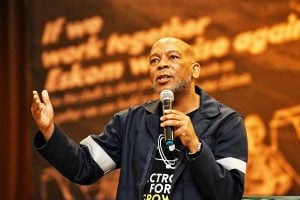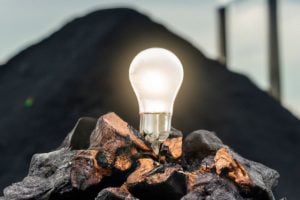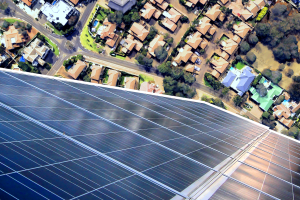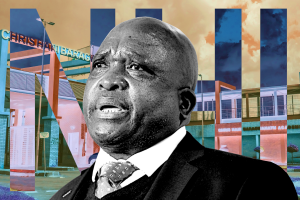South Africa gets R10 billion loan from Germany to move away from coal
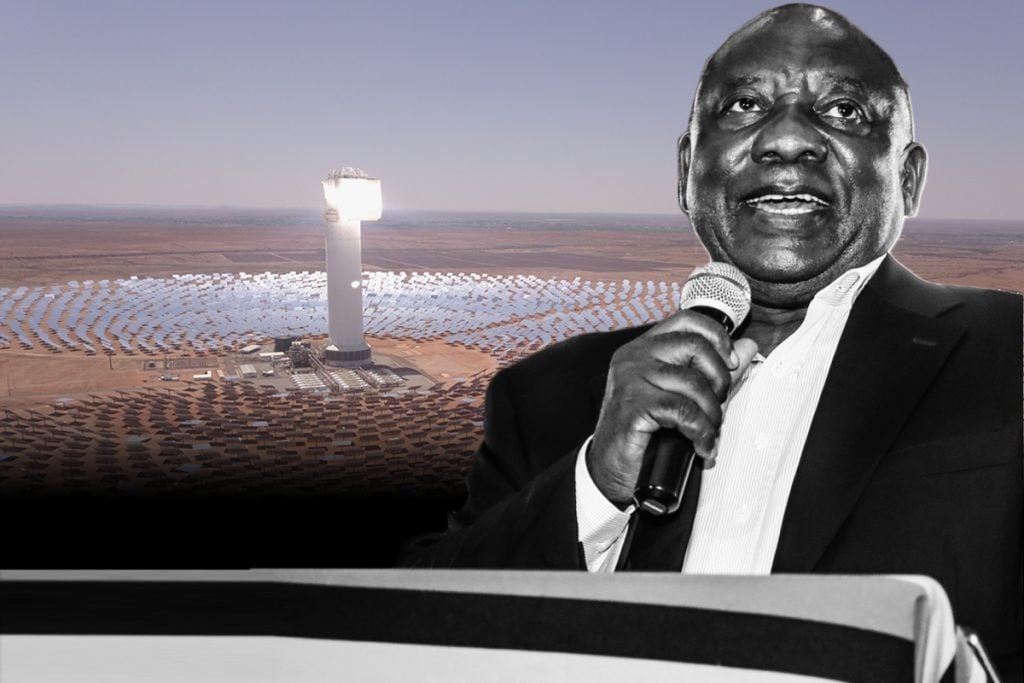
Germany, through its KfW development bank, will on Friday sign an agreement to lend South Africa €500 million (R10 billion) at below commercial market rates to help it transition away from the use of coal-fired electricity.
The concessional finance forms part of the $8.8 billion in climate financing offered to South Africa by some of the world’s richest nations in a 2021 agreement known as the Just Energy Transition Partnership.
It adds to the €600 million (R12 billion) Germany and France extended to South Africa last year. The interest rate on the most recent loan was not disclosed.
The loan “is intended to support the South African government in implementing reform measures that contribute to resolving the acute energy crisis in South Africa,” KfW said in a response to a query. It will also contribute to “a socially acceptable and ecologically sustainable restructuring of the South African energy sector and to combating climate change,” KfW said.
This is a boost for the troubled agreement, which has been beset by delays and political infighting in South Africa. Ruling party ministers and officials have expressed concern that the country is being pushed to close down its coal-fired plants, jeopardizing energy security and threatening jobs.
“The signing represents another significant milestone in the implementation of the Just Energy Transition Partnership,” Germany’s embassy in South Africa said in a statement.
State-owned power utility Eskom Holdings SOC Ltd. has so far closed down one coal-fired plant under a different agreement and has said that the facility is no longer viable.
South Africa’s National Treasury didn’t respond to a request for comment.
SA needs R2.5 trillion
South Africa cannot escape the need to spend significantly on new wind and solar power plants, a BloombergNEF study shows.
Under a range of scenarios considered by researchers, the country may need to spend as much $136 billion (R2.5 trillion) on new power generation capacity over the next two decades. A slowing down of the proposed closing of coal-fired plants wouldn’t negate the need for renewable energy.
“Even if coal plant closures were to be delayed, there is still a need for investment in new power generation capacity,” the researchers said, adding that South Africa has 43 gigawatts of coal-fired power.
South Africa, which failed to maintain its fleet of coal-fired plants or invest in adequate new capacity, is now scrambling to meet demand with power cuts imposed almost daily. The outages are hindering economic growth.
Still, some politicians and labour unions are opposing a switch to renewable energy, saying that it will cost jobs and jeopardize energy security.
The researchers considered three scenarios on how the country’s energy sector may develop until 2040.
- The Economic Transition Scenario: The lowest cost route would see a massive expansion of solar power capacity to 65 gigawatts by 2040, with wind adding 21 gigawatts and battery storage 31 gigawatts. Five gigawatts of gas-fired power would be built and by 2040 65% of energy would come from renewables compared to 8% in 2021.
- Coal Extension Scenario: Coal would account for 58% of generation in 2030, from more than 80% today, and 29% in 2040. By that date there would be 79 gigawatts of wind and solar.
- Clean Power Scenario: This would take South Africa closest to its target of reaching so-called net zero emissions by 2050. There would be 13 gigawatts of gas or hydrogen-fired power and 105 gigawatts of wind, solar and batteries by that date.




